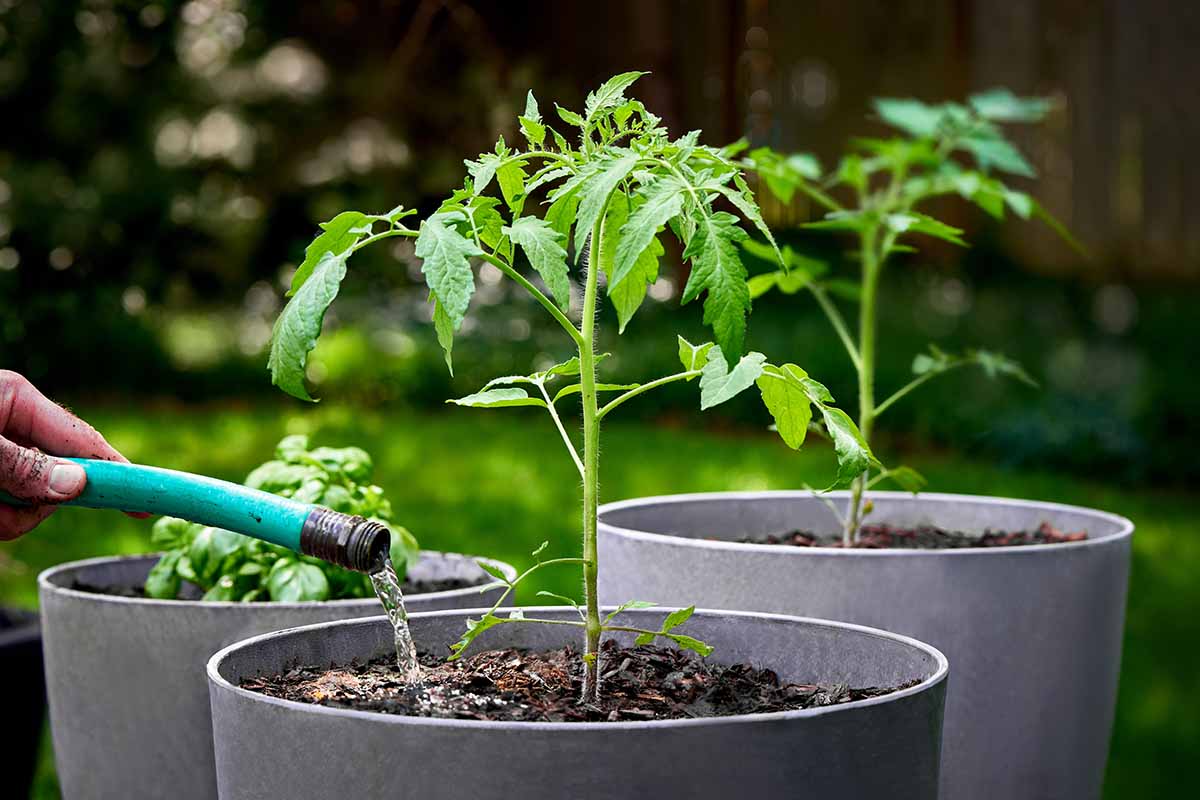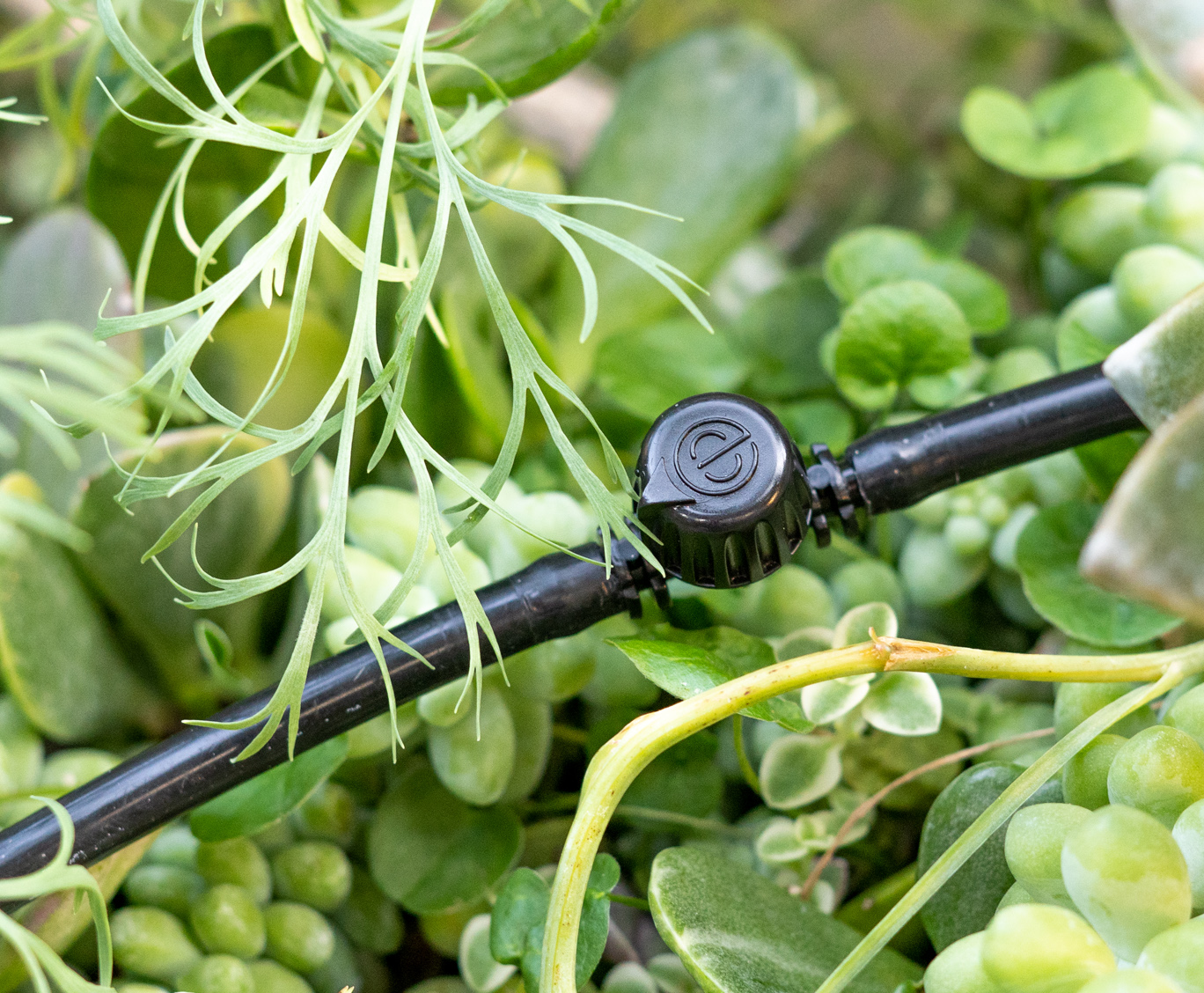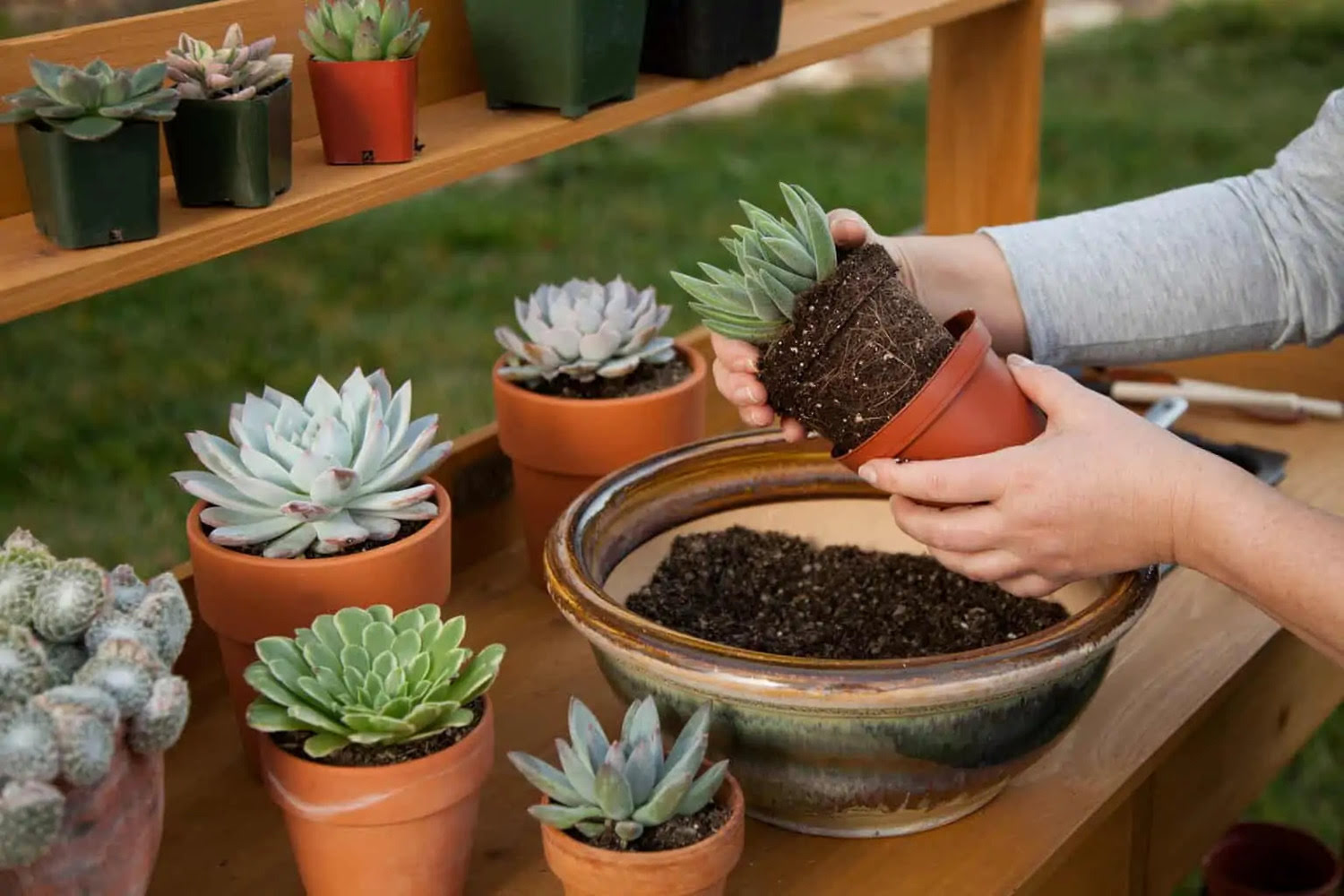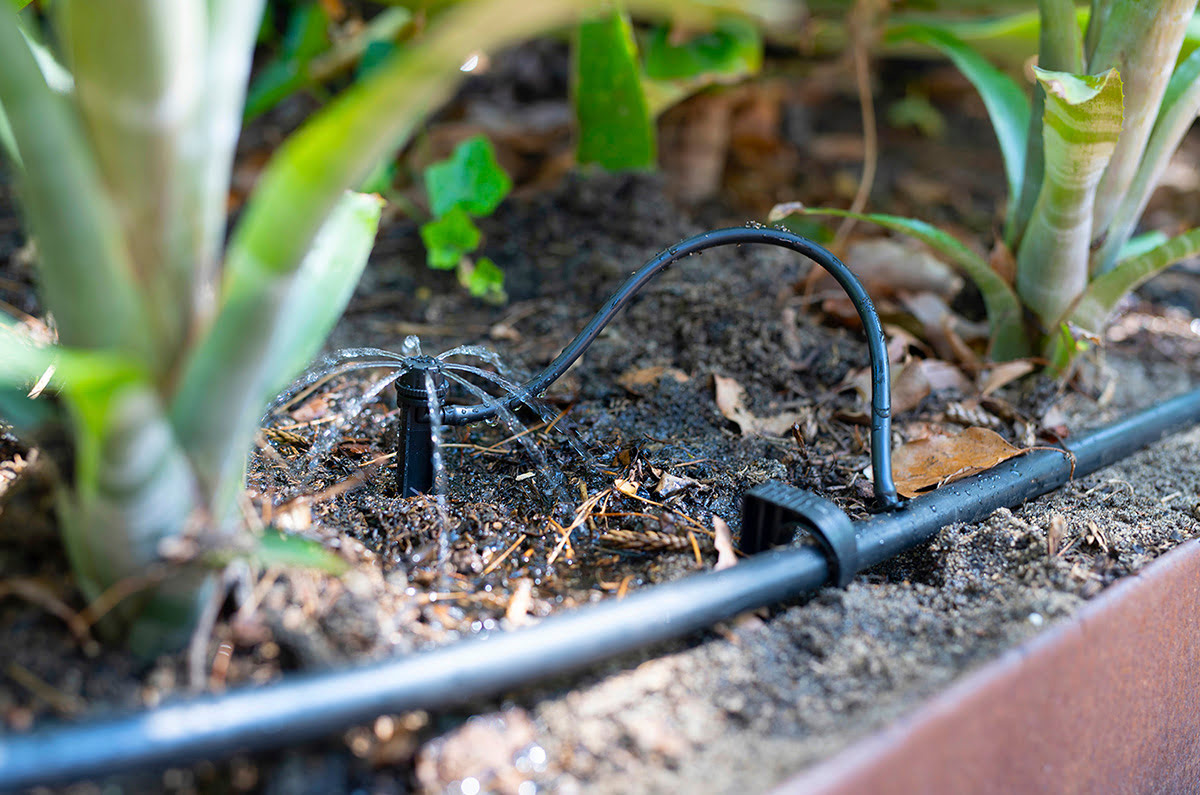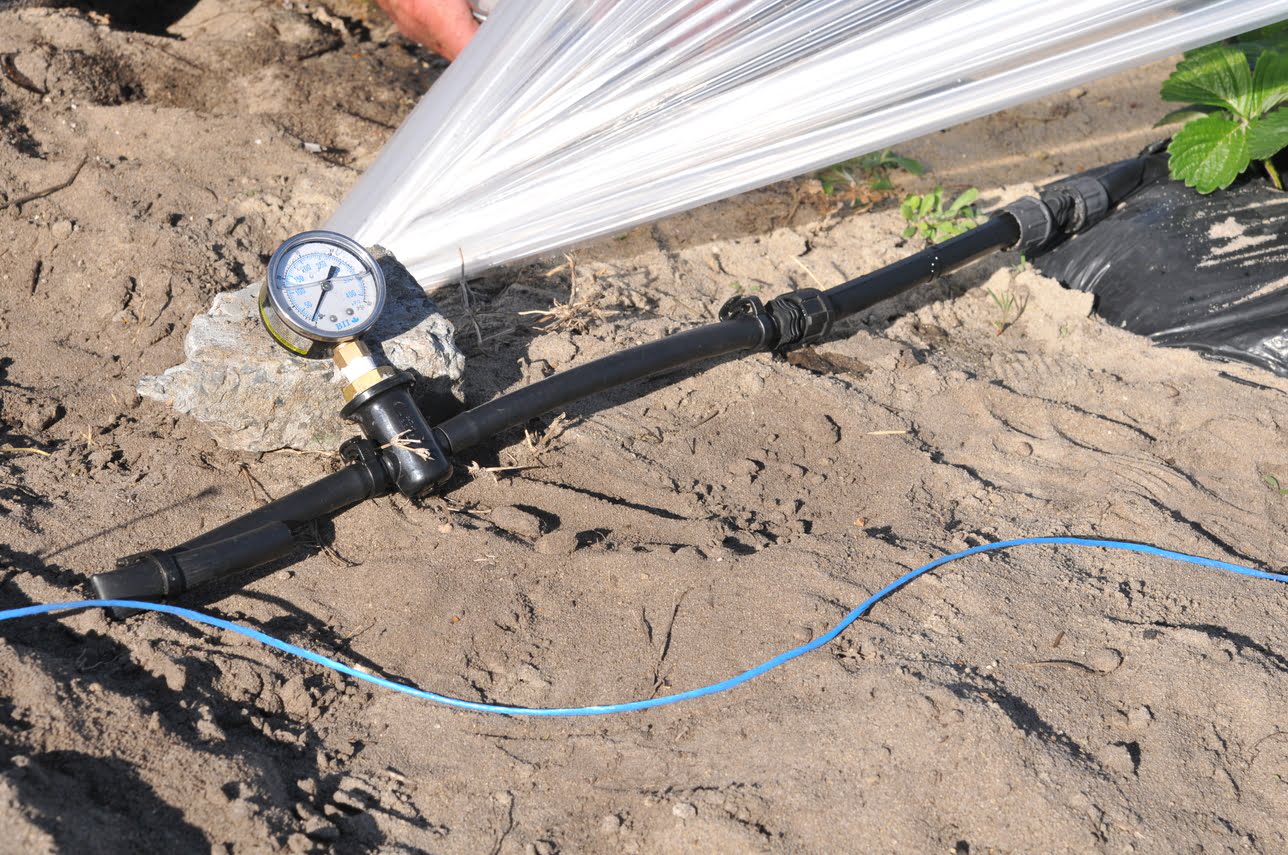Home>Gardening Techniques>Plant Care>How Long To Water Tomatoes With Drip Irrigation
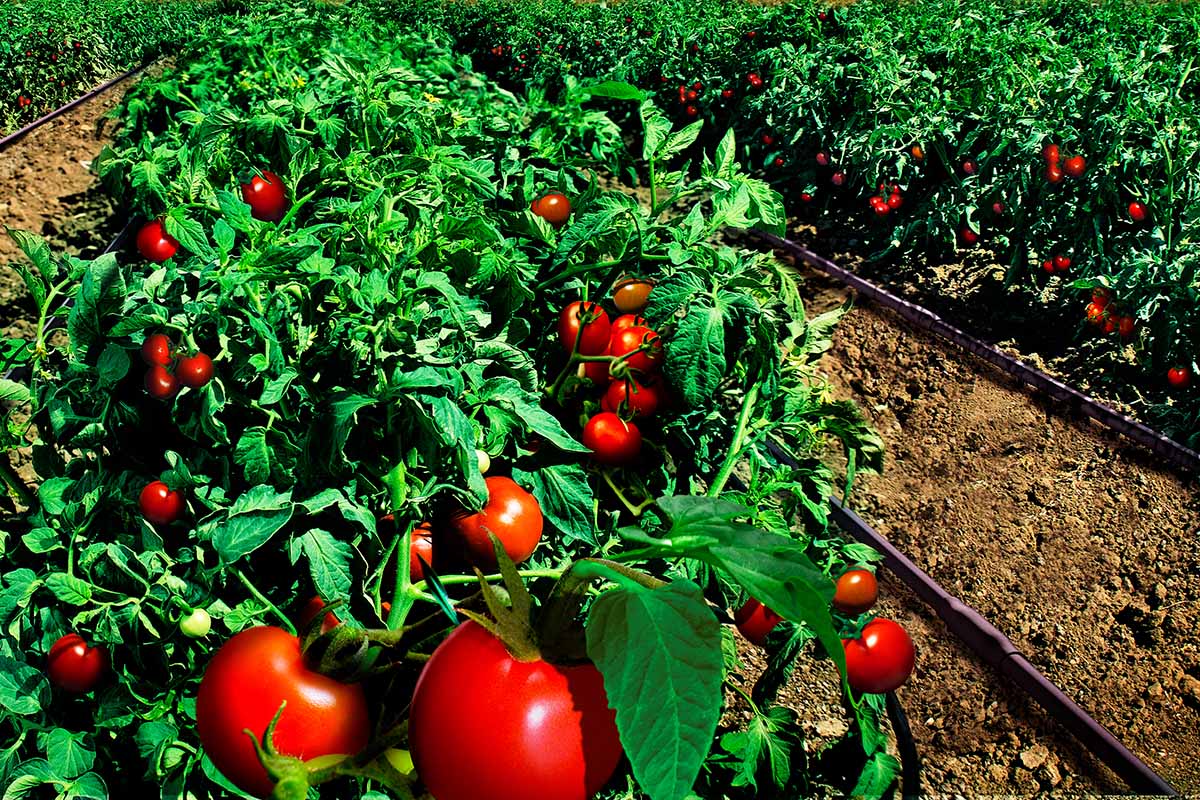

Plant Care
How Long To Water Tomatoes With Drip Irrigation
Published: November 17, 2023
Learn about plant care for tomatoes using drip irrigation. Discover how long to water tomatoes and optimize your watering schedule for a healthy crop.
(Many of the links in this article redirect to a specific reviewed product. Your purchase of these products through affiliate links helps to generate commission for Chicagolandgardening.com, at no extra cost. Learn more)
Table of Contents
Introduction
Welcome to the world of tomato gardening! Growing your own tomatoes can be a rewarding experience, whether you have a spacious backyard or a small balcony. To ensure your tomato plants thrive and produce an abundant harvest, proper watering is essential. One efficient method of watering tomatoes is through drip irrigation.
Drip irrigation is a system that delivers water directly to the root zone of plants, minimizing water waste and ensuring plants receive a consistent water supply. Unlike traditional sprinkler systems that distribute water over a wide area, drip irrigation allows water to slowly drip to the base of the plants, reducing evaporation and providing targeted hydration.
In this article, we will explore the basics of drip irrigation for tomato plants and delve into the factors that affect the duration of watering. We will also provide tips on how to determine the ideal watering time for tomatoes with drip irrigation, as well as best practices to ensure your plants thrive.
Whether you are a beginner or an experienced gardener, understanding the principles of watering tomatoes with drip irrigation will help you achieve healthier plants, improve yields, and conserve water. Let’s dive in and explore the world of tomato care with drip irrigation!
Basics of Drip Irrigation for Tomato Plants
Drip irrigation is a highly efficient watering method that delivers water directly to the root zone of tomato plants. By providing water directly to the roots, drip irrigation helps prevent water loss through evaporation and reduces the risk of fungal diseases caused by wet foliage.
The main components of a drip irrigation system include a water source, a polyethylene tubing, emitters, and a timer. The water source can be a faucet, a rainwater collection system, or even a well. The polyethylene tubing is connected to the water source and carries the water to the plants. Emitters, which can be drippers or micro-sprayers, are attached to the tubing and regulate the flow of water. The timer controls when and how long the water is delivered, ensuring consistent and efficient watering.
When setting up a drip irrigation system for tomatoes, it is important to consider the spacing between the emitters. Tomatoes have a wide root system, so it is recommended to place emitters about 12 inches apart to ensure even water distribution. This spacing allows the water to reach the entire root zone, promoting healthy growth and development.
Another important consideration when using drip irrigation for tomatoes is maintaining a consistent water pressure. The water pressure should be set at a level that ensures the emitters deliver water evenly, without excessive dripping or spraying. A pressure regulator can be installed in the system to control the water pressure and prevent damage to the tubing or inconsistent watering.
It is worth noting that drip irrigation is suitable for both outdoor and indoor tomato plants. Whether you are growing tomatoes in a garden bed, containers, or a greenhouse, drip irrigation can be adapted to suit your specific needs. The flexibility of this system makes it a popular choice among gardeners of all skill levels.
Now that you understand the basics of drip irrigation for tomato plants, let’s explore the factors that affect the duration of watering to ensure your tomatoes receive the optimal amount of hydration.
Factors Affecting Watering Duration for Tomatoes
When determining the duration of watering for tomatoes with drip irrigation, several factors come into play. Understanding these factors will help you tailor your watering schedule to meet the specific needs of your tomato plants.
1. Tomato Variety: Different tomato varieties have varying water requirements. Some varieties have deeper roots and may require longer watering durations to reach the entire root system. Conversely, determinate varieties with shallower root systems may require shorter watering durations. Research the specific water needs of the tomato variety you are growing to ensure you provide the appropriate amount of water.
2. Stage of Growth: The growth stage of your tomato plants also affects their water needs. Young seedlings, for example, have shallower roots and require less water compared to mature plants. As your plants grow and develop, their water requirements will increase. Adjusting the watering duration accordingly ensures the roots receive adequate moisture to support healthy growth.
3. Weather Conditions: Weather plays a significant role in determining watering duration. Hot and dry weather increases evaporation rates, causing the soil to dry out more quickly. In such conditions, you may need to water your tomato plants for a longer duration or increase the frequency of watering to meet their hydration needs. On the other hand, in cooler and more humid conditions, the soil retains moisture for longer periods, so you may need to reduce the watering duration.
4. Soil Type and Drainage: The type and quality of your soil can impact how long you need to water your tomato plants. Sandy soils drain water more quickly, requiring more frequent watering but for shorter durations. Conversely, clay soils retain water for longer, reducing the need for frequent watering but necessitating longer watering durations. Testing your soil’s drainage capabilities and adjusting your watering duration accordingly will help maintain optimal moisture levels.
5. Time of Day: The time of day when you water your tomato plants can affect the watering duration. Watering in the early morning or late afternoon allows the plants to absorb the moisture before the heat of the day, reducing the risk of evaporation. Ideally, aim to water your tomato plants before the sun is at its peak to maximize the effectiveness of the irrigation system.
By considering these factors, you can determine the optimal watering duration for your tomato plants with drip irrigation. Experimenting with different durations and monitoring the soil moisture levels will help you fine-tune your watering schedule and promote healthy growth.
Determining Watering Time for Tomatoes with Drip Irrigation
Properly timing your watering sessions is crucial to the success of your tomato plants. Determining the ideal watering time involves considering several factors, such as the specific needs of your plants and the environmental conditions they are exposed to.
1. Soil Moisture Levels: The first step in determining the watering time is to assess the moisture levels in the soil. Stick your finger about an inch or two into the soil near the base of the plant. If it feels dry, it’s a sign that your plants need watering. If the soil feels moist, you can wait a bit longer before watering to avoid overhydration.
2. Watering Frequency: Understanding the watering frequency is crucial for determining the watering time. As a general rule, tomato plants require consistent moisture, but they also benefit from periods of slight drying between watering sessions. Avoid watering too frequently, as it can lead to shallow root growth and negative impacts on plant health.
3. Plant Growth Stage: Different growth stages of tomato plants have varying water requirements. Young seedlings and transplants typically require more frequent but shorter watering durations to help establish their roots. As the plants mature, adjusting the watering time to longer durations will ensure adequate hydration for the mature root system.
4. Weather and Climate: Environmental conditions greatly affect the watering time. Hot and dry weather increases water evaporation, necessitating longer watering durations. However, during cooler and more humid periods, shorter watering durations may be sufficient. Consider the weather forecast and adjust your watering time accordingly to maintain optimal moisture levels.
5. Use of Mulch: Applying mulch around your tomato plants can help retain soil moisture and reduce evaporation. Mulch acts as a protective layer, keeping the soil cool and preventing water loss. When using mulch, adjust your watering time to avoid overhydration, as the mulch helps retain moisture in the soil for longer periods.
6. Observing Plant Responses: Monitoring your tomato plants’ responses can provide valuable insights into their watering needs. Look for signs of dehydration such as wilting leaves, yellowing foliage, or dry and brittle stems. Adjusting the watering time based on these visual cues can help prevent water stress and promote healthy plant growth.
Finding the perfect watering time may require some trial and error as each garden and tomato variety is unique. It is essential to strike a balance between providing enough moisture to support healthy growth and avoiding overhydration that can lead to root rot or other plant diseases.
By considering these factors and closely observing your tomato plants, you can determine the optimal watering time and ensure they thrive with drip irrigation.
Best Practices for Watering Tomatoes with Drip Irrigation
Implementing proper watering practices is vital to ensure the success of your tomato plants with drip irrigation. By following these best practices, you can optimize water usage, promote healthy growth, and maximize your harvest.
1. Consistent Moisture: Aim for consistent moisture in the soil, avoiding extreme dryness or excessive wetness. Tomatoes prefer evenly moist soil to support robust root development and nutrient uptake. Regularly monitor the soil moisture levels to ensure they remain within the ideal range for tomato plants.
2. Deep and Infrequent Watering: Instead of frequent shallow watering, focus on deep and infrequent watering sessions. This encourages the roots to grow deeper into the soil, making the plants more resilient to drought conditions. Provide enough water to saturate the root zone, allowing it to penetrate the soil deeply.
3. Watering in the Morning: Water your tomato plants early in the morning to minimize water loss due to evaporation. This allows the foliage to dry during the day, reducing the risk of fungal diseases that thrive in wet conditions. Watering in the morning also ensures the plants are hydrated for the day ahead.
4. Avoid Overwatering: Overwatering can lead to root rot and other fungal diseases. Avoid saturating the soil excessively and make sure there is proper drainage. Consider the specific needs of your tomato variety and the environmental conditions to determine the appropriate watering frequency and duration.
5. Mulch: Apply a layer of organic mulch, such as straw or wood chips, around the base of your tomato plants. Mulch helps regulate soil temperature, retain moisture, and suppress weed growth. It also reduces water evaporation from the soil, allowing you to conserve water and maintain consistent moisture levels.
6. Monitor Plant Health: Regularly inspect your tomato plants for signs of overhydration or dehydration. Wilting leaves, yellowing foliage, or stunted growth may indicate watering issues. Adjust the watering schedule accordingly to ensure optimal hydration and prevent any adverse effects on plant health.
7. Regular System Maintenance: Perform regular maintenance on your drip irrigation system to ensure it operates efficiently. Check for clogged emitters, leaks, or blockages in the tubing. Clean or replace any damaged or malfunctioning components to maintain consistent water flow. Additionally, adjust the water pressure if necessary to ensure proper irrigation.
By following these best practices, you can optimize the watering process for your tomato plants with drip irrigation. Consistent moisture, deep watering, and proper maintenance will contribute to healthy plants, strong root systems, and bountiful harvests.
Conclusion
Watering tomatoes with drip irrigation is a practical and efficient way to provide the necessary hydration for healthy plant growth. By understanding the basics of drip irrigation, considering factors that affect watering duration, and implementing best practices, you can ensure your tomato plants thrive and produce abundant, juicy fruits.
Throughout this article, we have explored the fundamental aspects of drip irrigation for tomato plants, including its components and benefits. We have also discussed the factors that influence watering duration, such as tomato variety, growth stage, weather conditions, soil type, and time of day.
Determining the optimal watering time for your tomatoes involves assessing soil moisture levels, considering watering frequency, observing plant responses, and accounting for climatic conditions. Finding the right balance between providing consistent moisture and avoiding overhydration will contribute to healthy root development, vigorous growth, and ultimately, a successful harvest.
Incorporating best practices, such as deep and infrequent watering, watering in the morning, and using mulch, will further enhance the effectiveness of your drip irrigation system. Regularly monitoring your plants’ health and maintaining the drip irrigation system will ensure that your tomatoes receive the proper amount of water and enjoy optimal growing conditions.
Remember, every garden is unique, and it may take some experimentation to find the ideal watering duration and schedule for your tomato plants. Regular observation and adjustment will be key to maintaining proper hydration and preventing issues such as under or overwatering.
With the knowledge gained from this article and a little practice, you’ll be able to provide your tomato plants with optimal irrigation and enjoy a bountiful harvest. Cheers to successful tomato gardening with drip irrigation!
